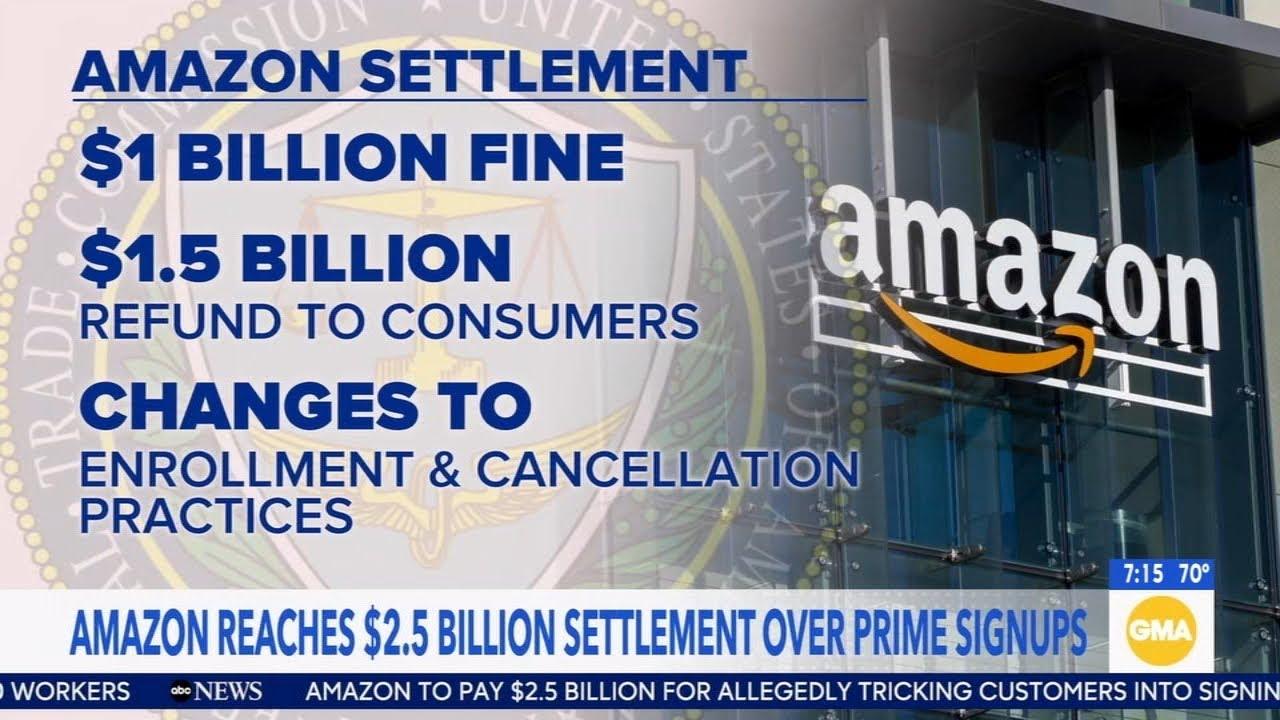Understanding the Amazon Prime Refund FTC Settlement

Introduction
The recent settlement between the Federal Trade Commission (FTC) and Amazon regarding Amazon Prime refunds has made headlines, raising questions about consumer rights and corporate responsibility. This settlement, which totals a staggering $25 million, aims to address practices that the FTC deemed misleading to consumers, particularly in their handling of subscription cancellations and refunds.
Details of the Settlement
According to FTC officials, the investigation revealed that Amazon employed tactics that effectively made it more difficult for consumers to cancel their Prime memberships. Customers reported that these practices were often designed to obscure the cancellation process, which led to unexpected charges for some subscribers who believed they had successfully cancelled their services.
The settlement funds are set to be distributed to affected consumers, offering refunds to those who were charged despite their attempts at cancellation. Moreover, the agreement mandates that Amazon must implement clearer policies regarding subscription services and ensure that cancellation processes are straightforward and transparent.
Impact on Consumers
This settlement highlights significant issues around subscription services, particularly as more consumers turn to digital platforms for their entertainment needs. With subscription fatigue growing, transparency in these services becomes paramount for consumer trust and satisfaction.
The FTC’s decision to pursue action against Amazon reflects a broader commitment to protect consumers from deceptive practices. By enforcing reform, the FTC hopes to encourage other subscription-based businesses to review and improve their cancellation processes, thus enhancing overall consumer experience.
Conclusion
The Amazon Prime refund FTC settlement serves as a critical reminder of the evolving landscape of consumer rights in the digital age. As subscription services continue to thrive, this case sets a precedent that could influence industry practices and policies in the future. Consumers can look forward to clearer instructions and more straightforward processes regarding their subscriptions, fostering a healthier marketplace where consumer interests are better safeguarded.
